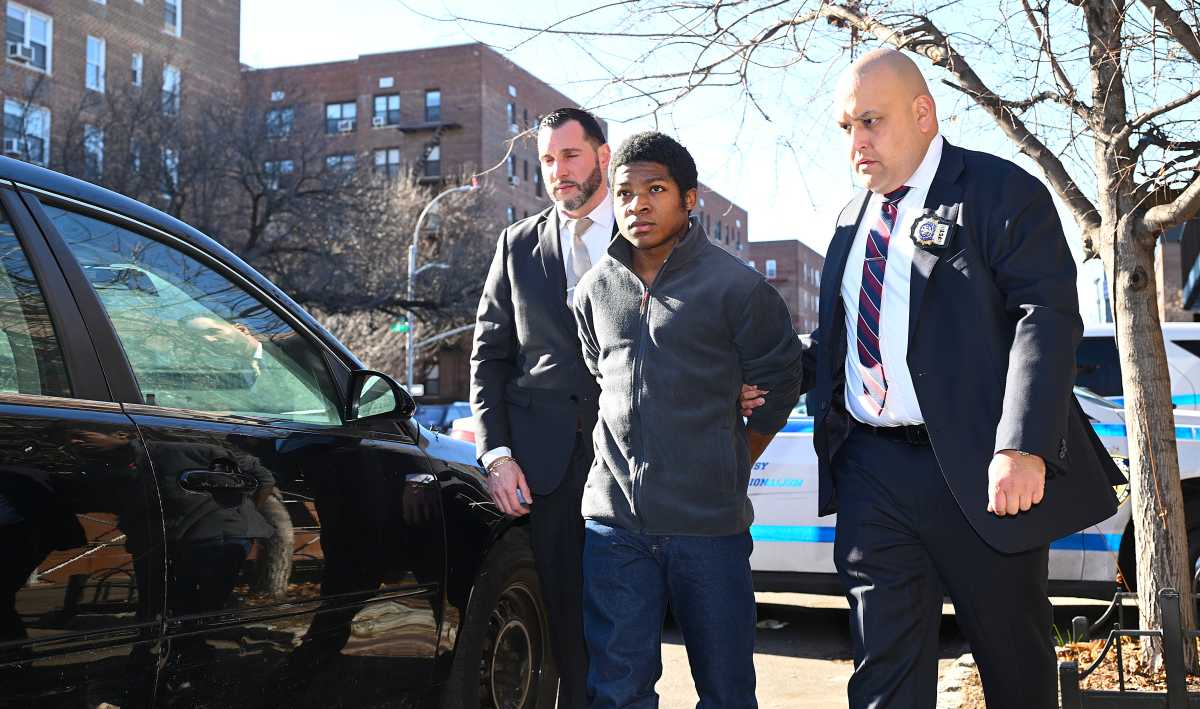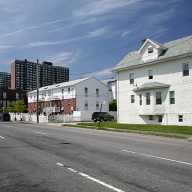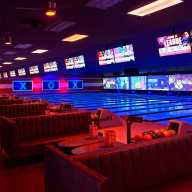Despite the sky-is-falling headlines about housing values, the numbers say home buyers know a good deal when they see one: Queens is back as a hot market.
For the borough as a whole, average home sale prices are about 8 percent higher than a year ago - 5.5 percent above the average of last November through January.
Median prices (the price halfway between lowest and highest) have also climbed more than 10 percent since January, an indication that buyers want what the borough of homes has to offer - good schools, plentiful parks, shopping and access to transportation.
According to National Association of Realtors (NAR) President Richard F. Gaylord, “Our members are telling us that more buyers are looking at homes but are slow in signing contracts.” He pointed out that, “In many cases buyers are waiting for greater access to affordable credit.”
The Federal Home Loan and Mortgage Corporation (Freddie Mac), is chartered by Congress to package and sell securities to supply mortgage funds for American home buyers.
According to their figures, the national average commitment rate on a 30-year conventional fixed-rate mortgage fell to 5.88 percent in the first quarter of this year, from 6.23 percent in the fourth quarter of 2007. The first quarter rate was 6.22 percent a year ago.
Lawrence Yun, NAR chief economist, backed up that assessment. “Things are beginning to improve, but the availability of affordable mortgages is uneven around the country and sometimes within metropolitan areas,” he said.
NAR’s Pending Home Sales Index (PHSI) is designed to be a leading indicator of housing activity. The index measures housing contract activity. It is based on signed real estate contracts for existing single-family homes, condos and co-ops.
Though the index for the nation as a whole is bumping along well below figures from a year ago, the northeast is the only region showing improvement in 2008.
Seasonally adjusted figures (which take into account the effect of such things as weather and holidays on the real estate market) show that the region showed better than a 16 percent PHSI increase from January to March, the last month for which figures are available.
NAR cautions that a signed contract is not counted as a sale until the transaction closes. The rules they use to arrive at the PHSI looks at the monthly relationship between existing-home sale contracts and transaction closings over the last four years.
Local agents confirm that things are trending upwards again.
Robert P. Weir is president of North Shore Multiple Listing Service. “Mortgage money appears to be abundant for people with good credit,” he said, adding, “We [in northeast Queens] weren’t badly affected by the sub-prime crisis and haven’t had a lot of foreclosures.”
Areas like Jamaica and South Ozone Park are drawing renewed interest, as buyers adjust their sights to homes and finance packages they can afford.
Robert Bretscher of Brookville Mortgage on Liberty Avenue in Ozone Park concedes that for much of South Queens, “phones are quiet” at the moment. He also thinks that months of negative media reporting have taken a toll.
“After being beaten to death in the media,” he observed, “Perception becomes reality, and some potential buyers think they can cut sellers off at the knees by offering 20 or 25 percent under the asking price.”
Bretscher, who began in real estate sales 32 years ago, becoming a licensed broker before moving into placing mortgages with third party lenders in 1985, sees “an increase in interest,” and hard-bargaining “low-ball” offers coming back to 10 percent below the asking price range.
“As long as there’s a lot of inventory and the potential for more foreclosures, there will be downward pressure,” he said, observing, “But just as the market over-compensated on the upside a few years ago, it’s overcompensated on the downside now.”
Bretscher considers that “the unrealistically high” growth in prices shut out a lot of first-time home buyers. He sees a very bright spot on that front.
In early March, the limit on Federal Housing Administration (FHA) mortgages was doubled, from $362,790 to $729,750, effective until the end of 2008.
“That’s a more realistic number for this market,” Bretscher said, explaining that some “FHA products” only require 3 percent down, meaning that buyers could get a 30-year, fixed-rate mortgage and “move into a $400,000 home if they come to the table with 12-to-$14,000.”
Although he still sees pockets where the market is tough, he cautioned those who are in the wait-for-things-to-go-lower mindset, “There’s certainly reason to say there’s no reason to wait any longer.”
Robert Napolitano of CapriJetRealty.com confirmed that the area around Howard Beach is “pretty much still moving,” and observed that “a lot of potential buyers in that area don’t need FHA loans.”
Home price “Heat maps” are compilations of price statistics for various regions which are color-coded to show which neighborhoods are “hot.”
They show swaths of red across the borough, from Bayside to Belle Harbor, Howard Beach to Hunters Point, in measures of popularity, sales traffic, listings and sales prices.






























